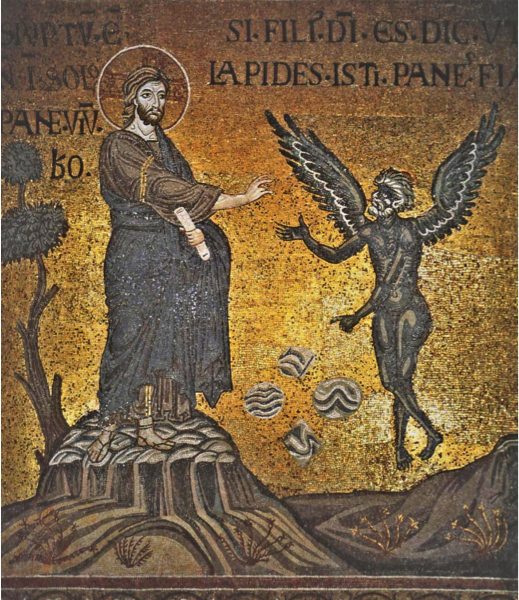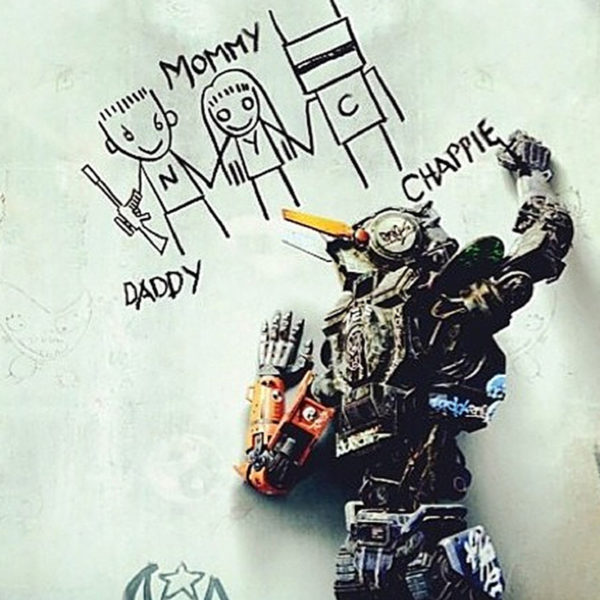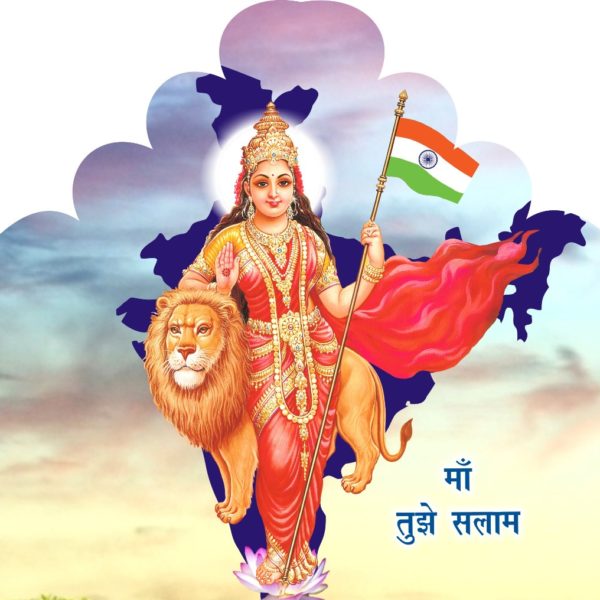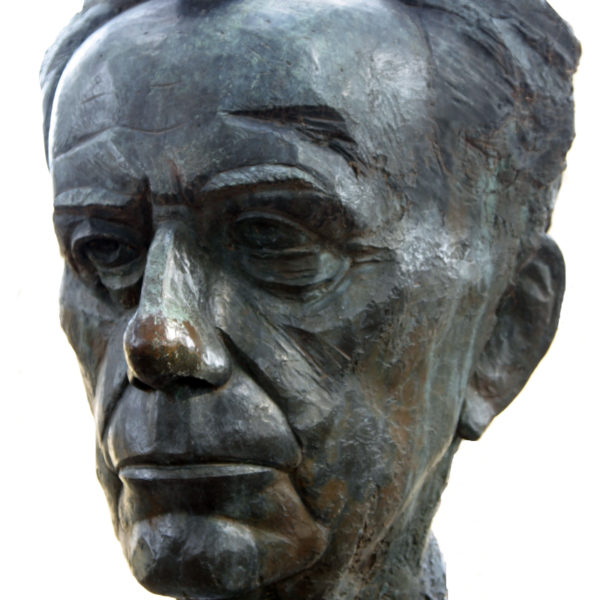
If Dostoyevsky foresaw the rise of the 20th century totalitarian states as the father figures who would feed the masses in the first temptation, what did Dostoyevsky foresee here with regards to his feared future Catholic theocracy? What Dostoyevsky saw was how the captivating of the conscience through miraculous ecstasy could manifest itself, in games and permissiveness.

. . . In other words, Chappie can be read as an allegory that calls for us to recognize our ill-treatment of the other, and the film seeks an alternative ethic that does not recourse immediately or uncritically to fear or hostility, leading to violence. We are to be more embracing of the ‘other’ who is, ultimately, more complex than we might first assume, and is never entirely ‘other’.

In May 2014, Indian Prime Minister Narendra Modi travelled to the riverside holy city of Varanasi to worship mother goddess Ganges in gratitude for his victory in the national elections. This grand self-promotional gesture by a prominent Hindu nationalist politician illustrates how religion and politics remain enmeshed in India. Even though the democratic constitution of the nation-state has been modeled on western varieties of secularism, everyday politics is infused with religious iconographies.

When Paul Tillich’s Theology of Culture hit the shelves of the Anglosphere in 1959, the book seemed to go against the prevailing mood of the time. Wages and living-standards across North America were up as the post-war ‘Keynesian miracle’ took its full effect. While the previous year had seen economic contraction in U.S. output, it was to be a small pause in a seemingly unstoppable advance. Canada and Australia also rode high in the economic league-tables, as the administrations in Ottawa and Canberra saw conditions of near full-employment.

The core of the Christian message, that Jesus liberates us from oppression and demonstrates a means of non-violent resistance to evil through his example, is not often portrayed in Hollywood. More often than not, force is met with force, violence with violence. In blockbuster films, explosions, car-chases, and raw spectacles of destruction predominate, and for good reason—violence sells.

Fyodor Dostoyevsky in his masterpiece ‘The Grand Inquisitor’, as well as Lev Tolstoy in his The Gospel in Brief, both comment on, recapitulate, and in some manner ‘translate’, the story of Jesus’ temptation in the wilderness (Matt. 4:1-11; Mark 1:12-13; Luke 4:1-13) with varying interesting results. Let us compare Dostoyevsky, Tolstoy, and the Gospel accounts together to see how this story serves not only as Dostoyevsky saw them . . . nor only as Tolstoy saw them . . . but also as a profound critique of our current economic geopolitical situation, and pointing to our way out of the systems that enslave us.